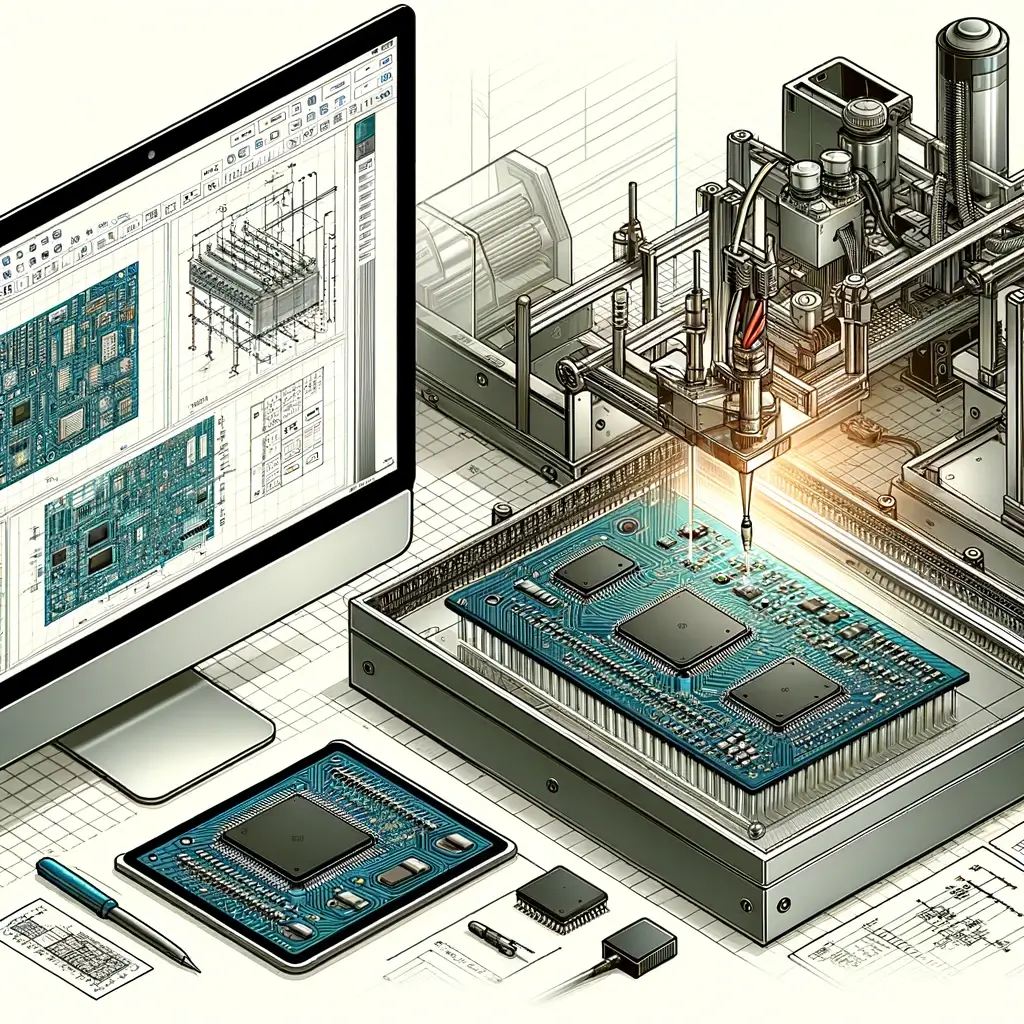Automated Optical Inspection (AOI) is the automated visual inspection of a Printed Circuit Board (PCB) and PCB assembly process in which a camera is used to scan the board in extremely fine detail to check for any defects or failures.
So why is AOI so important?
Assuming your PCB design is correct, if you PCB assemble the right parts in the right place then your product will work. In production, this means putting a lot of focus on detecting and correcting any PCB manufacturing defects or Manufacturing Defects Analysis (MDA.)
AOI is a vital inspection system which enables you to measure and monitor the quality of your PCB assembly production, and to correct any issues or defects, at any strategic point in the process flow.
Crucially too, it’s the ‘quality gate’ for your PCB, providing peace of mind both for you and your EMS partner.
In many respects, your PCB is the ‘brains’ of your product and, as such, it’s a critical component with its own precise and rigorous design requirements.
And just as PCBs are getting smaller, they’re also becoming more complex. Even a relatively simple board can be made up of literally thousands of soldered joints, which means it simply isn’t practical, or viable, to attempt to inspect manually.
So the sooner in the production process that faults are spotted, the easier and more cost efficient it is to rectify them to avoid replicating the same problem on a larger scale.
Put simply, if you’re in the business of creating PCBs, then a system for AOI should be on your check-list of “must-haves.”
The Role of Automated Optical Inspection
The AOI process delivers the real-time inspection required by an EMS as well as providing empirical data that is invaluable for process control and refinement as production volumes increase.
An AOI system uses a number of strategies to analyse whether a PCB has been produced to the required standards.
Pattern matching algorithms keep a record of both successful and unsuccessful PCB assemblies.
And by constantly reviewing and analysing fault data, your EMS partner can ensure they are identifying trends, enabling improvements in the manufacturing process, minimising the risk of future rework and increasing the efficiency of production.



